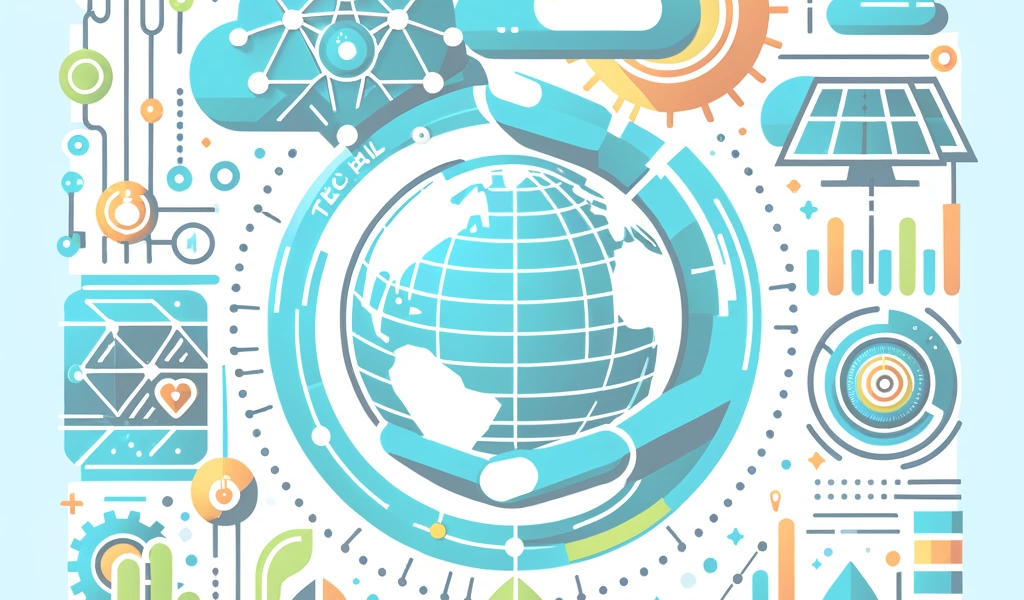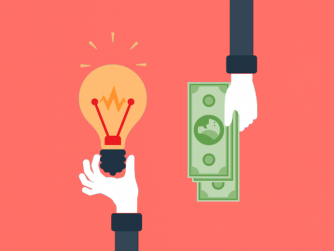Ever heard of “Tech for Good”? No? Well, buckle up, because this isn’t your typical tech manifesto. Written by Marga Hoek, a bigwig in the sustainable business and capital realm, this book is like a GPS guiding us through the Fourth Industrial Revolution’s jungle.
Hoek isn’t just playing with words here. She’s laying out a map showing how these fancy new technologies – think AI, advanced materials, and something as sci-fi as 3D printing – can actually tackle our world’s gnarliest issues. We’re talking climate change, biodiversity loss, you name it. And guess what? It’s not just good for the planet; it’s a goldmine for businesses too. This book is stuffed with 75 real-world cases where companies aren’t just doing good; they’re making good money while they’re at it.
The kicker? “Tech for Good” isn’t just a book; it’s a blueprint for how businesses can ride the tech wave and still keep their moral compass pointing north. It’s about dreaming big, about the kind of tech-driven sustainable growth that could help us hit those lofty Global Goals.
Now, let’s chat about Hoek herself. In her interview, she’s all about the big picture. Did you know that digital technologies could help achieve over two-thirds of the United Nations Sustainable Development Goals? That’s huge. And Marga’s not just talking the talk; she’s been a global voice for the G20 and has a shelf full of accolades to prove her chops.
She’s tossing out some serious questions about the fourth industrial revolution. Like, what’s the role of investors in pushing for responsible tech? And how can we use advanced materials to fight climate change? Oh, and AI – not the scary, take-over-the-world kind, but the generative AI that’s actually driving positive change.
So, what’s the bottom line here? “Tech for Good” isn’t just a bedtime read. It’s a wake-up call. Marga Hoek’s dishing out a reality check that technology and sustainability can be best buddies. And that, my friends, might just be the secret sauce for a better future. So, next time you’re doomscrolling on your phone, remember: that little device could be part of the solution. Mind-blowing, right?







